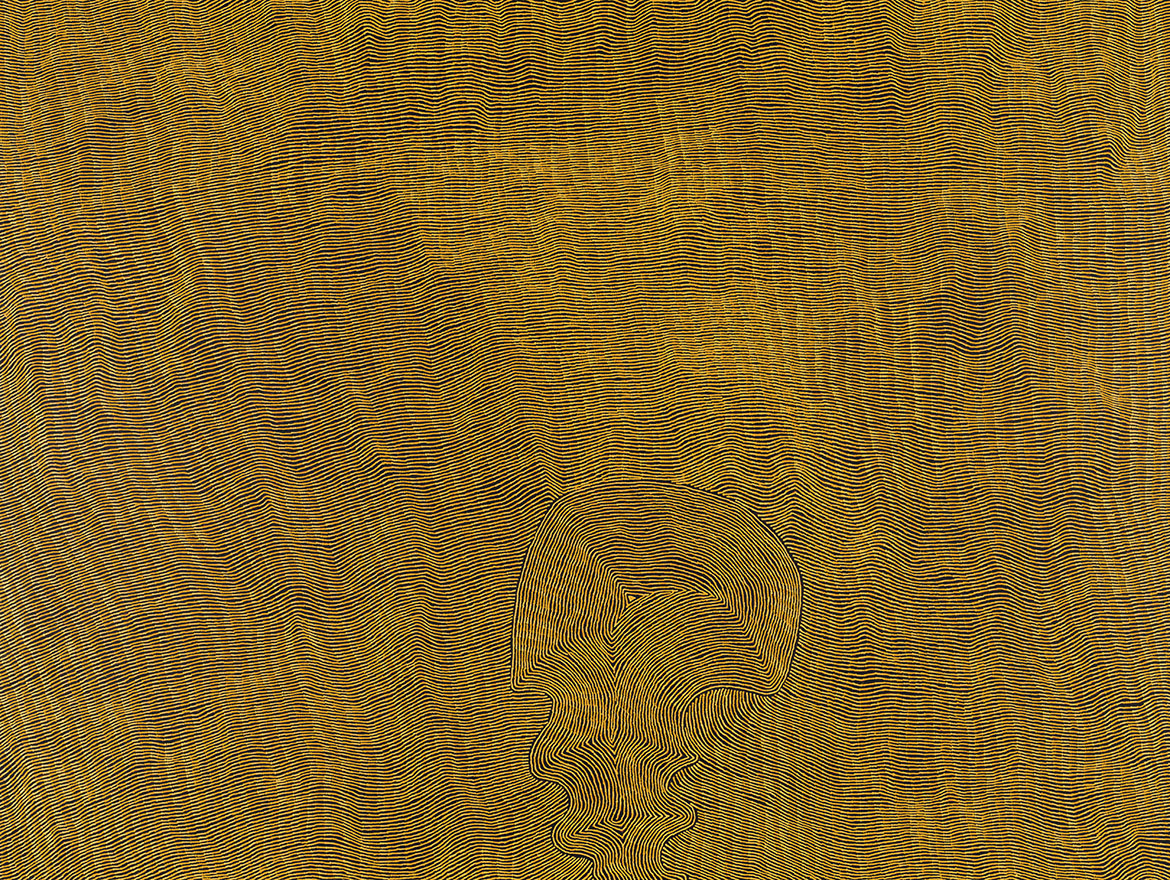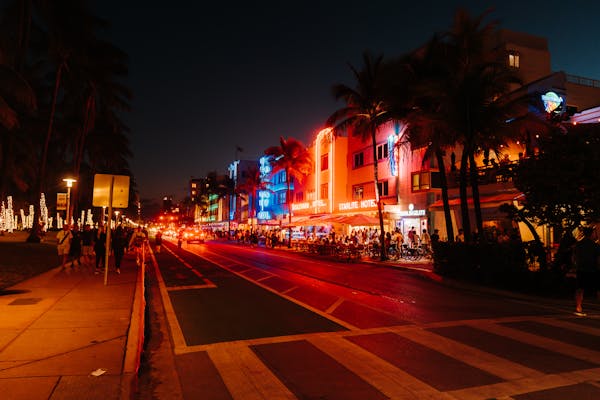Courage and Beauty: Symbolism – QAGOMA Blog

For over two decades, Brisbane collector and benefactor James C. Sourris AM has amassed an extraordinary collection of postwar and contemporary Australian art. ‘Courage and Beauty: The James C. Sourris AM Collection’ at the Gallery of Modern Art until 25 June 2023 demonstrates Sourris’s drive to acquire exceptional works of art — especially those that demonstrate artists’ courage in the face of inequality, or those that elicit a sense of beauty in the viewer.
DELVE DEEPER: Transcendental views
The exhibition ‘Courage and Beauty’ is curated in three strands — Transcendental, Symbolic and Elemental. Here we profile the Symbolic strand, the second in our series.
The symbolic potential of colour, shape and gesture
Exemplary works showcasing the abstract and semi-abstract gestures of Aboriginal painters Emily Kame Kngwarreye, Yukultji Napangati and Rover Thomas symbolise a sense of time, place or emotion. Their schematic aerial views render soaring visions of landscape and Country, which are strengthened by their disciplined use of line, colour and texture.
Emily Kame Kngwarreye’s supremely ambitious late painting Merne (Everything) 1996 (illustrated), a magnificent example of the artist’s groundbreaking synthesis of ceremonial body painting and the legacy of early central Western Desert dot painting, embodied and eclipsed within the freedom of her gesture.
The shimmering optical field of Yukultji Napangati’s gestures in Untitled 2014 (illustrated) entice, then command, the eye. Her repetitive, undulating lines in an extremely reduced palette are interrupted by a domed form in the lower centre referencing Yunala, a rock hole site where water collects among the sandhills to the west of the Kiwirrkura community in Western Australia.
Emily Kame Kngwarreye ‘Merne (Everything)’

Yukultji Napangati ‘Untitled’

Similarly, the titles of Michael Johnson’s warm-toned Bologna 1969 (illustrated), Madonna Staunton’s cooler-toned August 1966 (illustrated), and Leonard Brown’s contrasting palette in Maybe someday from a different direction, we will meet 2014 (illustrated) invite viewers to contemplate the emotional resonances of their subjects.
Finer still, d harding likens We breathe together 2017 (illustrated) to a map of Country, gathering natural earth pigments and other significant materials to ‘invoke specific locations across ancestral territories’.
Michael Johnson ‘Bologna’

Madonna Staunton ‘August’

Leonard Brown ‘Maybe someday from a different direction, we will meet’

D Harding ‘We breathe together’

By employing varying degrees of abstraction, some artists open us up to their subjects on an emotional plane. Rosslynd Piggott’s Evaporated garden, powdered sky 2014 (illustrated), an expansive, tantalising and somewhat elusive painting of the Giardino di Ninfa (Garden of Ninfa, in central Italy) is one such work, though, interestingly, the artist does not consider her triptych to be abstract at all. Thinking on the level of particles, she explains: ‘these paintings have direct references in nature in acute observations of sky, petals, mist, scent and other things — they are reductive translations, but not abstract works’.
Peter McKay is Curatorial Manager, Australian Art.
The accompanying publication Courage and Beauty: The James C Sourris AM Collection is available at the QAGOMA Store and online.
Rosslynd Piggott ‘Evaporated garden, powdered sky’

‘Courage and Beauty: The James C. Sourris AM Collection’ / Marica Sourris and James C. Sourris AM Galleries (3.3 and 3.4), Gallery of Modern Art (GOMA) / 3 September 2022 to 25 June 2023.
Featured image detail: Installation view of Yukultji Napangati Untitled 2014 in ‘Courage and Beauty: The James C. Sourris AM Collection’ / Photograph: J Ruckli © QAGOMA
#QAGOMA







